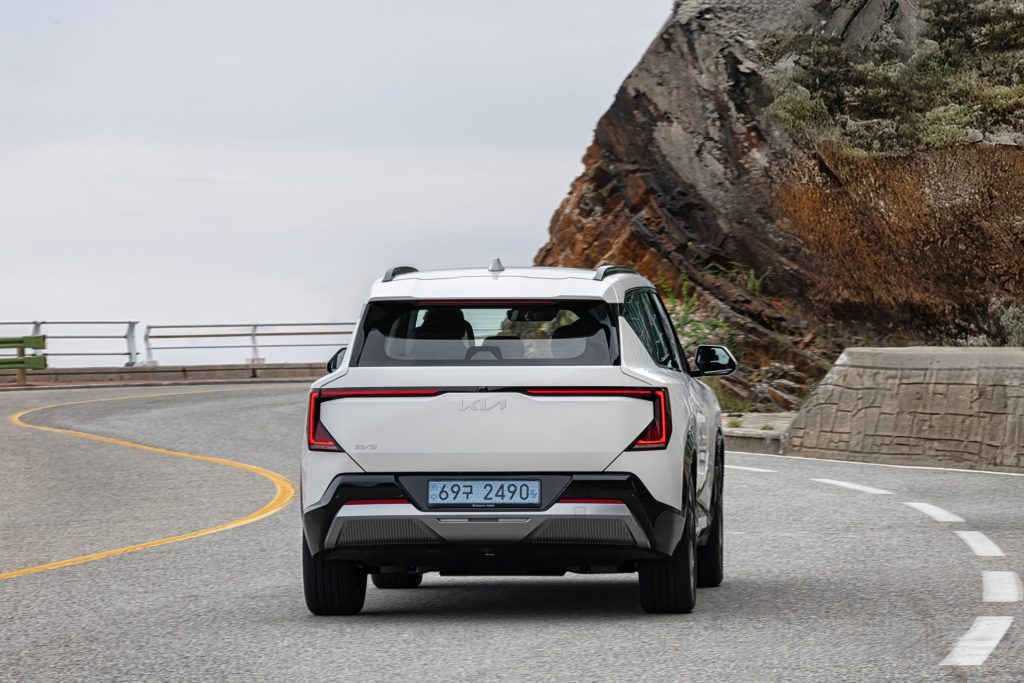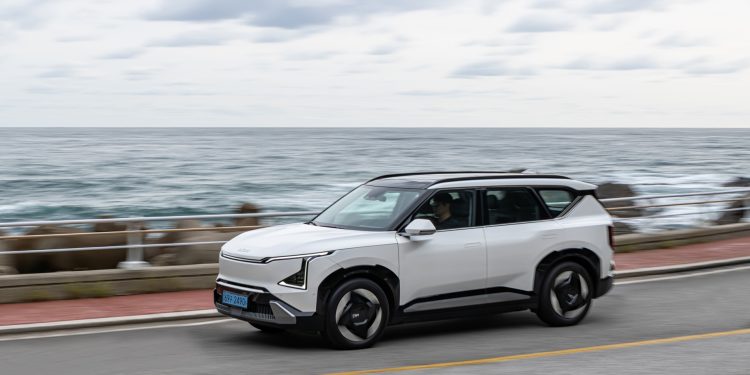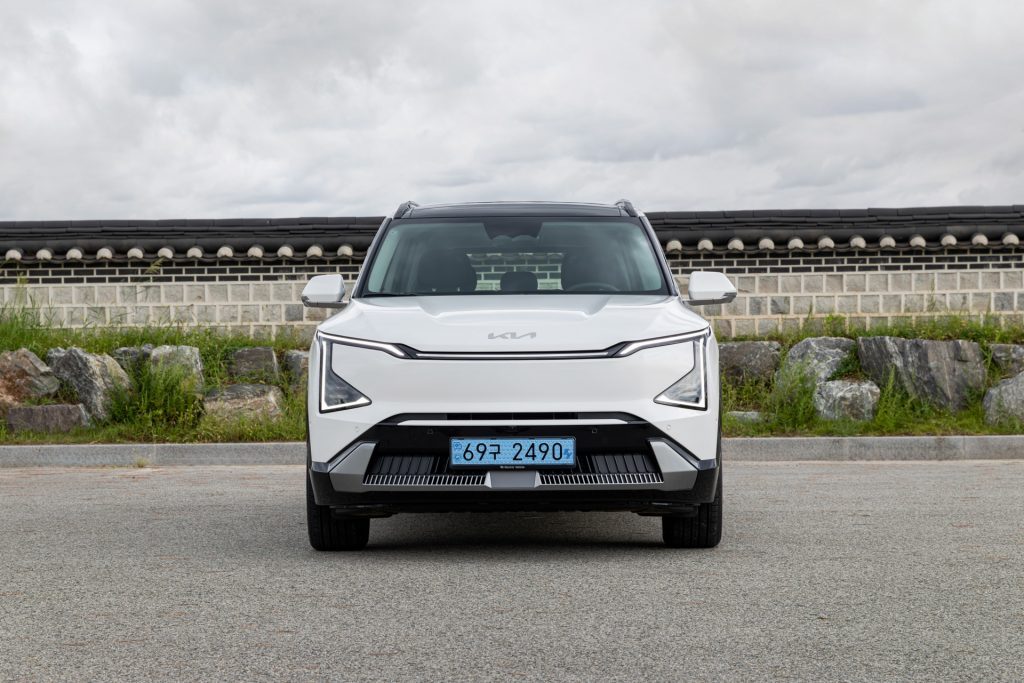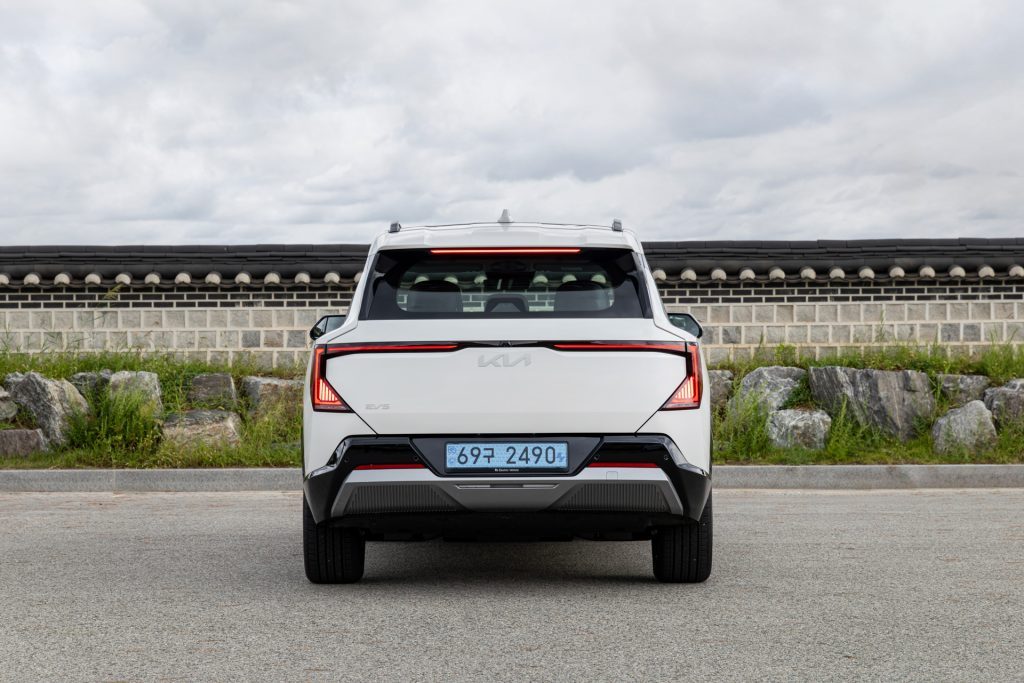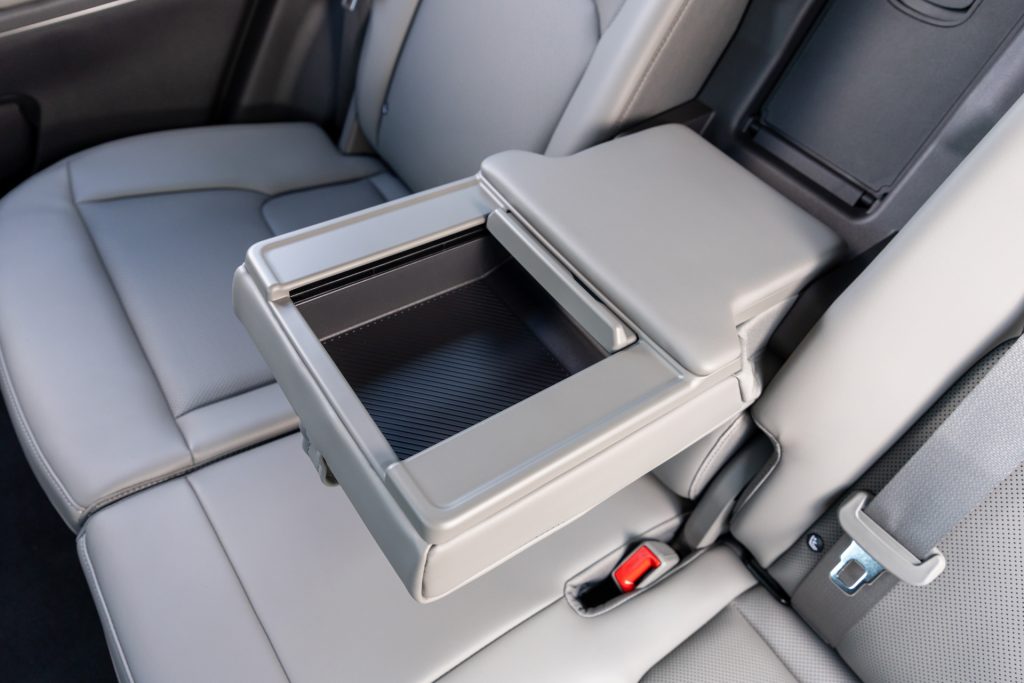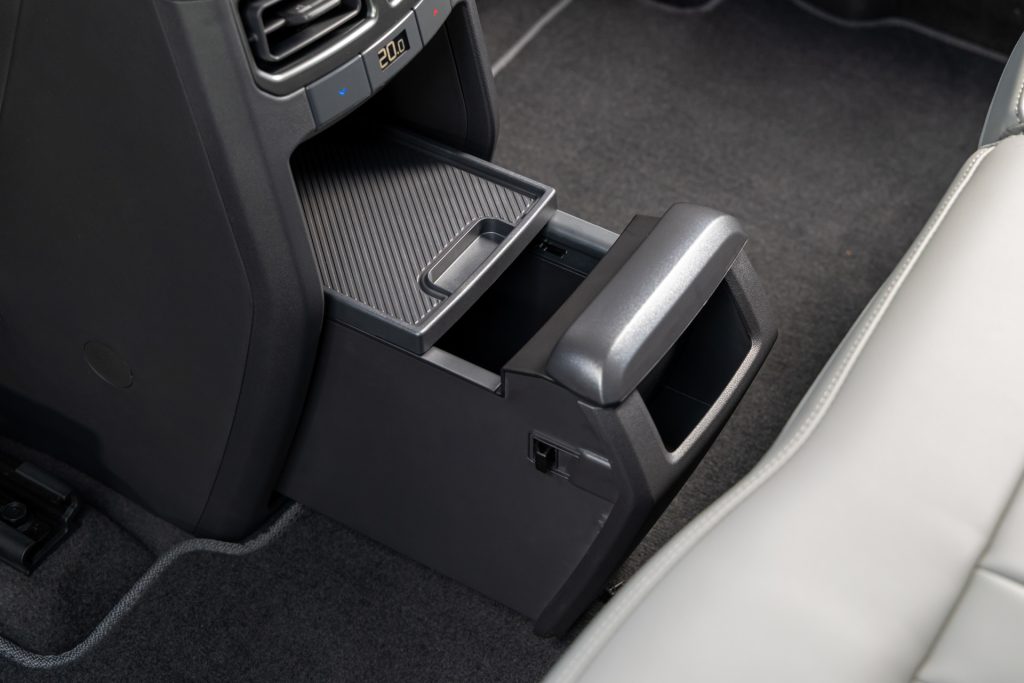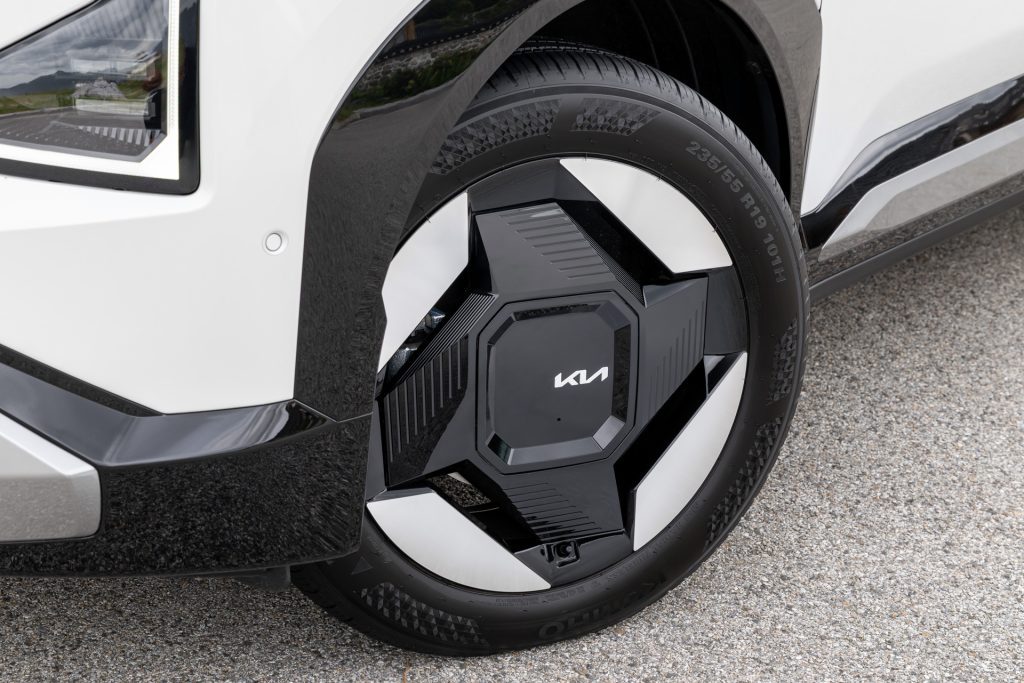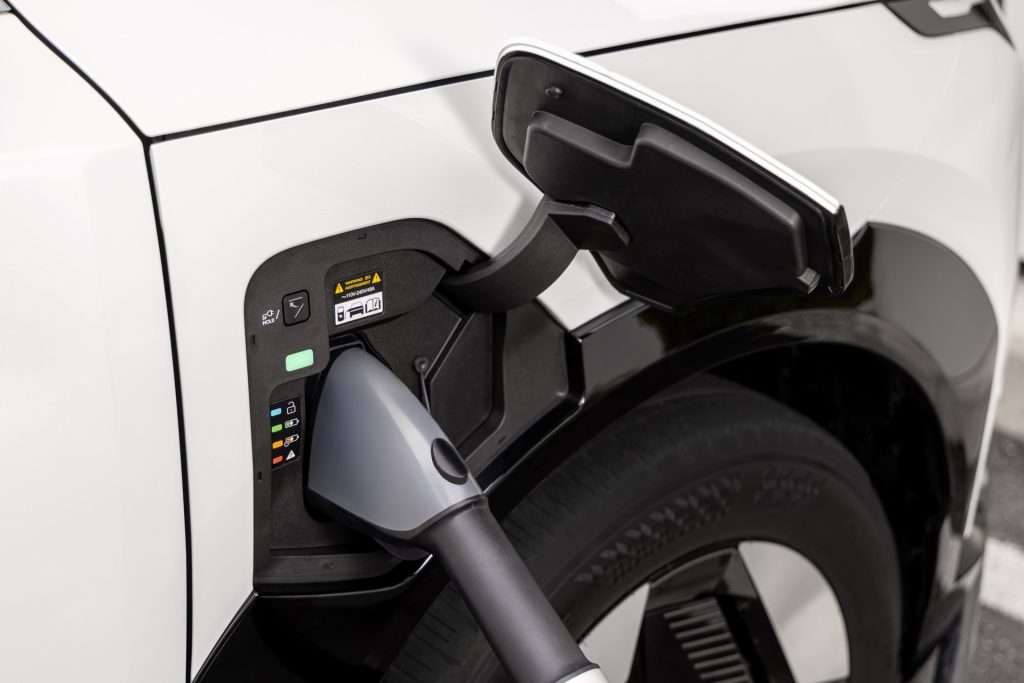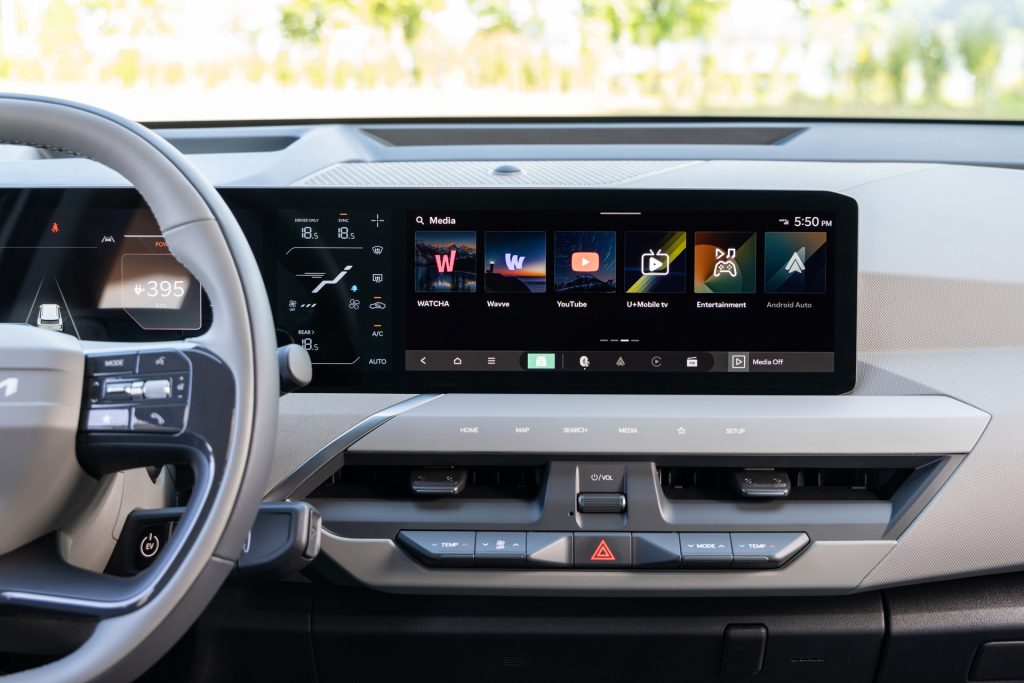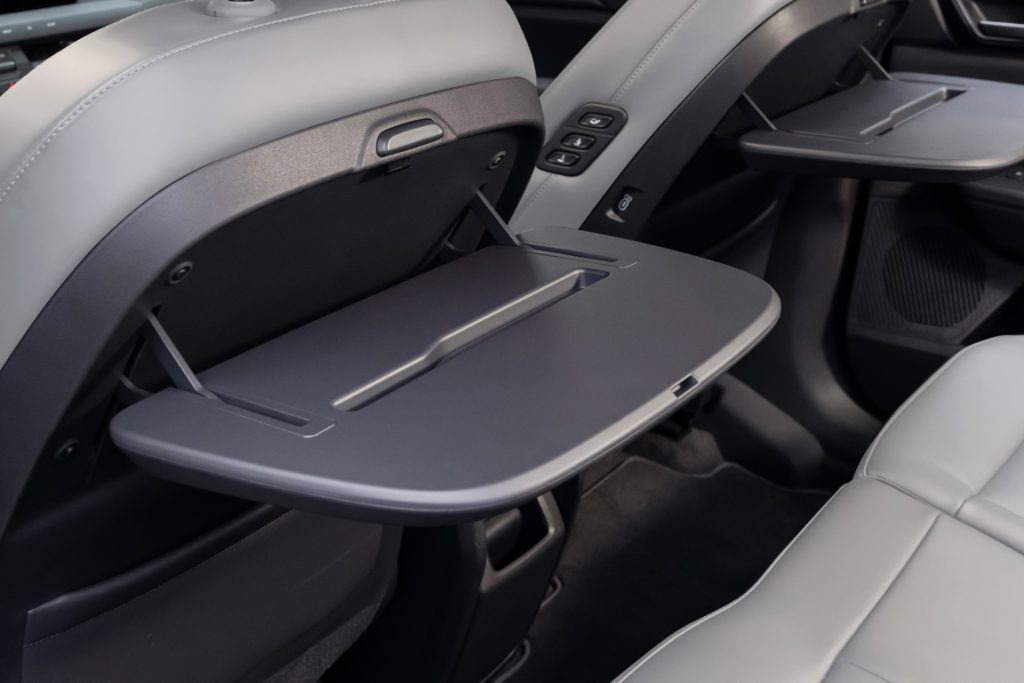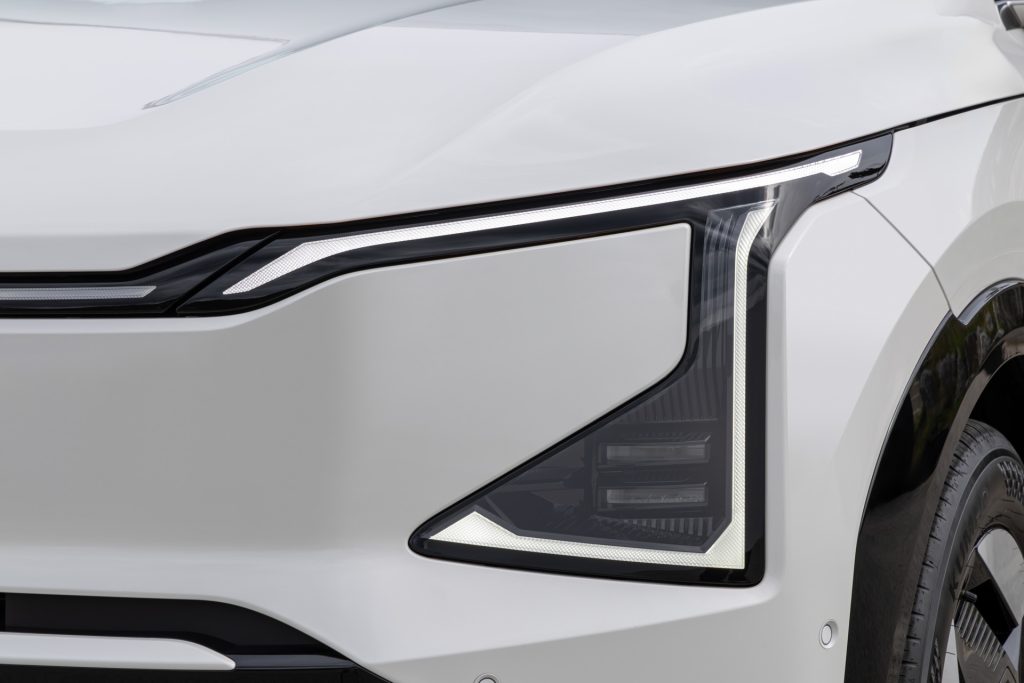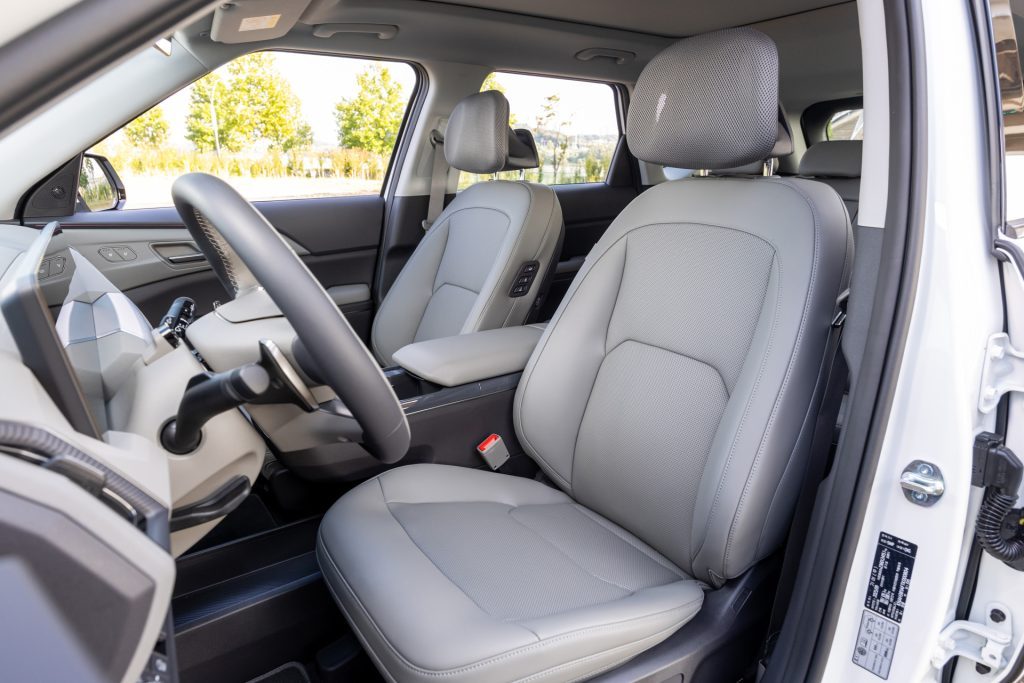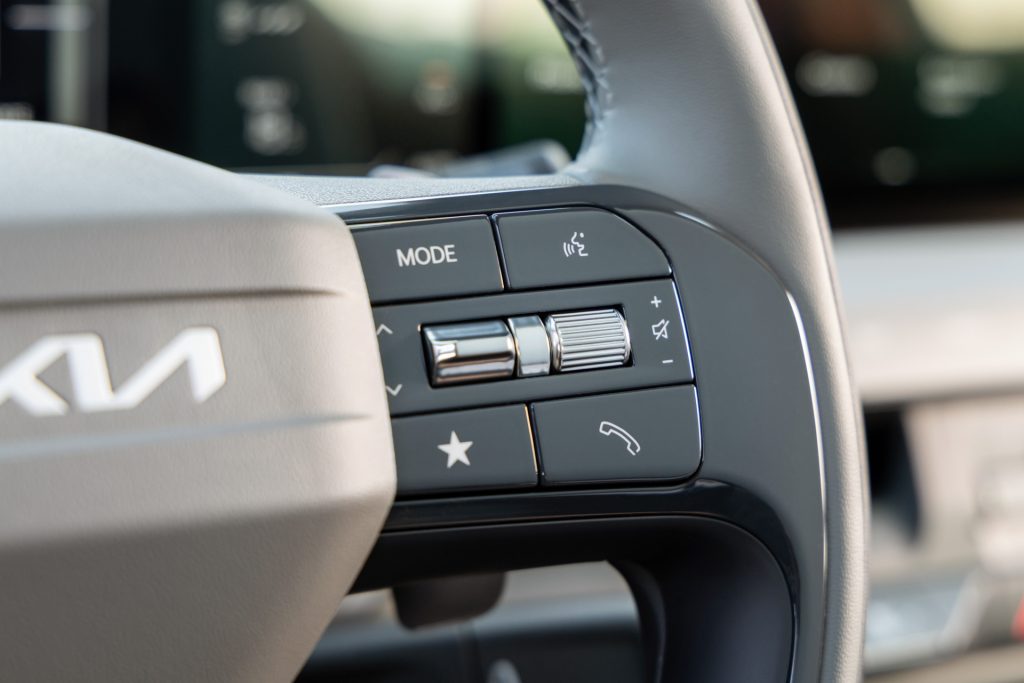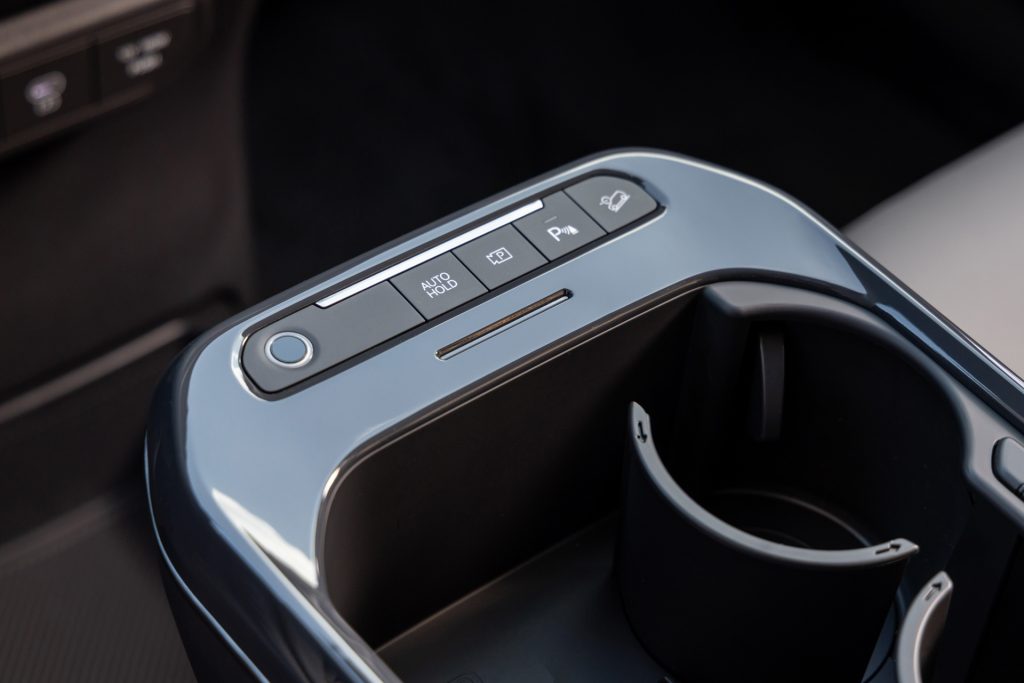Kia EV5: Korea’s version adds polish, but will it reach NZ?
Words: Richard Edwards
Kia has launched a new version of its EV5 compact electric SUV, this time built in Korea and aimed at global markets including Europe and Canada.
The move marks an evolution rather than a revolution. The familiar shape now comes with a higher level of finish and a key technical change under the floor. But it leaves one big question for New Zealand: will we see this version here, and if so, which parts of it?
Built in Korea, familiar but finer
At first glance, the Korean-built EV5 looks almost identical to the Chinese-sourced model already on sale in New Zealand. The broad stance, upright profile and digital “Star Map” lighting remain, but there are small refinements. The front and rear bumpers have been subtly reshaped, new wheel designs introduced, and colour and trim options updated.
Inside, the differences are more obvious. The Chinese model’s quirky front bench seat has been replaced by conventional individual seats separated by a proper centre console. It makes the cabin more practical day to day, with better storage and slightly more supportive seating.
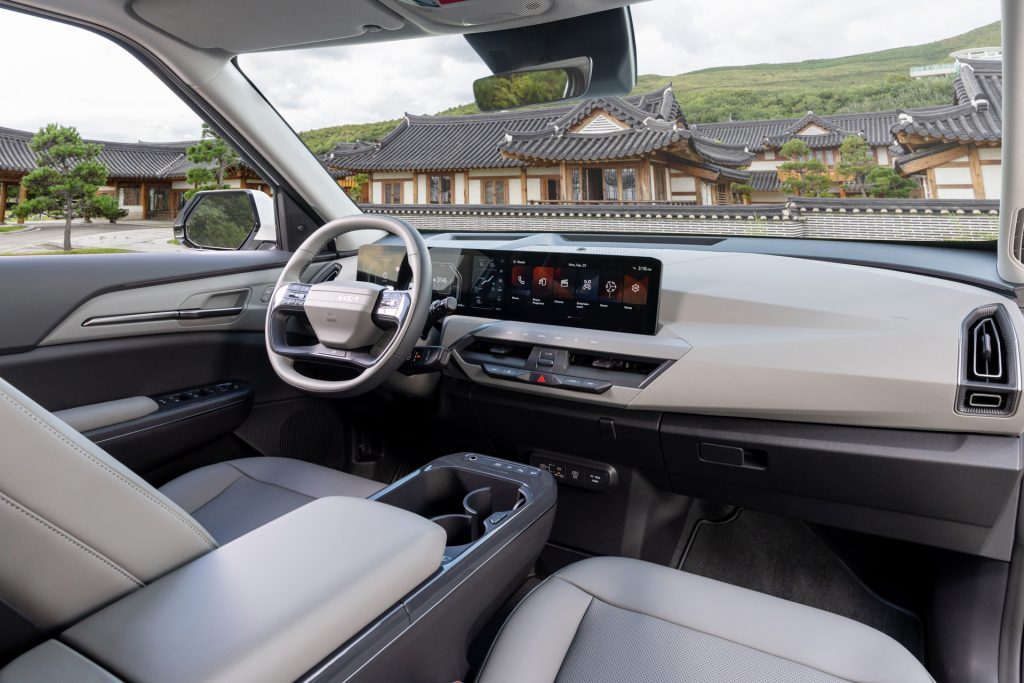
The wide twin-screen setup remains: a 12.3-inch driver display, 12.3-inch infotainment system and a 5-inch climate screen. The system now runs Kia’s latest connected-car interface with smoother graphics, integrated dash-cam functionality and over-the-air updates. There is still a row of physical buttons for temperature control, which is a small but welcome return to simplicity.
Other highlights include a new head-up display, USB-C ports for all passengers, a sliding tray beneath the centre console and fold-out tables for rear occupants. Cargo space remains generous at 566 L (or 1650 L with seats folded), plus a 44 L front trunk.
Powertrain: new chemistry, new balance
The biggest change lies beneath the floor. The Korean-built EV5 swaps the Chinese car’s 88.1 kWh FinDreams LFP battery for an 81.4 kWh CATL NMC pack. The difference may seem small, but it noticeably alters how the car feels and performs. The NMC battery is lighter, trimming overall vehicle weight by about 50 kg despite higher equipment levels. It also offers slightly higher energy density, giving the car a WLTP range of 530 km on 18-inch wheels (520 km on 19s). Charging performance improves too, with 150 kW DC capability allowing a 10–80 percent charge in around 30 minutes. AC charging remains at 11 kW, with an optional 22 kW onboard unit expected later.
The trade-off? LFP chemistry, as used in New Zealand models, offers unbeatable cycle life and lower cost. NMC provides more punch and lighter weight, benefits that show on open roads and at higher speeds rather than in urban use.
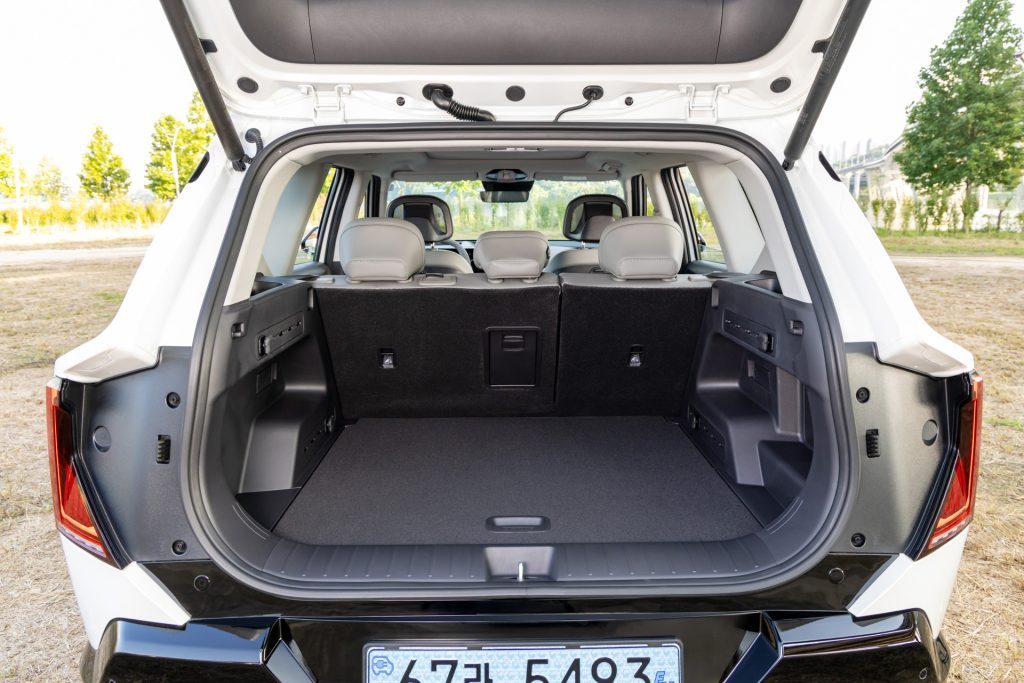
Confirmed AWD and GT variants
Alongside the familiar Long Range 2WD (160 kW, 81.4 kWh, 0–100 km/h in 8.4 s, 1200 kg towing), Kia has confirmed two additional models for Korea and export markets: a Long Range AWD with a dual-motor setup producing 195 kW, good for 0–100 km/h in 7.3 s and a 1,800 kg tow rating, and an EV5 GT (AWD) using uprated dual motors for 225 kW and a 6.2 s sprint, also towing 1,800 kg.
Read more – 2024 Kia EV5 Light+ review
Both use the same 81.4 kWh NMC pack, Vehicle-to-Load functionality and Kia’s latest i-Pedal 3.0 regenerative braking system.
The EV5 GT builds on the standard package but adds a more assertive personality. With 225 kW on tap and a sub-6.5 second 0–100 km/h time, it bridges the gap between the family-focused EV5 and the larger EV6. Expect sportier suspension tuning, unique exterior accents and upgraded brakes. Although it retains the same 400-volt system and 81.4 kWh battery, its added performance and traction give it broader appeal for drivers seeking power without the EV6’s size or price tag.
On the road: lighter, tighter, more refined
From behind the wheel, the Korean EV5 feels distinctly different from the Chinese-built model. The lighter NMC battery lowers the centre of gravity and Kia’s suspension tuning for Korean roads delivers a touch more agility. Ride quality is well controlled, slightly firmer than before but more balanced through corners. Steering is light yet precise, and regenerative braking is smooth with three selectable levels and an Auto mode that adapts to traffic.
It rides a little better than the one we get in New Zealand, feels lighter on its feet and steers more directly. The latest Highway Driving Assist 2.0 system now features smoother lane-keeping and adaptive cruise logic, while a crisp head-up display projects key information clearly.
Kia’s updated infotainment is quick and intuitive, though the new Android-based interface found in the PB5 van still feels a step ahead. Even so, the EV5’s layout is clean and uncluttered, with physical climate buttons and straightforward menus that make daily driving easy.
EV extras
The EV5 features Pet Mode, which maintains a safe cabin temperature when parked, Vehicle-to-Load capability for powering tools or appliances, and full Over-the-Air updates for infotainment and driver-assistance systems. It also introduces Kia Sound 2.0, the brand’s next-generation audio tuning designed to create a consistent sound profile across Kia’s EV line-up.
NZ outlook: which EV5 will we get next?
For now, New Zealand’s EV5 remains the Chinese-built, LFP-battery version. It’s tough, affordable and arguably the more pragmatic choice for local conditions, where range stability and long-term durability matter more than outright power.
And I am not suggesting its sourcing is the reason why the Korean version feels the better of the two. A year is a long time in vehicle life cycles, and there is no reason the same tweaks can’t be made to the vehicles headed down our current supply line.
Kia’s global strategy lists “Asia-Pacific” among export regions for the Korean EV5, but no local decision has been announced. For New Zealand, the best-value formula may still be Chinese manufacturing, but the Korean model shows where Kia’s EV design and quality are heading.
